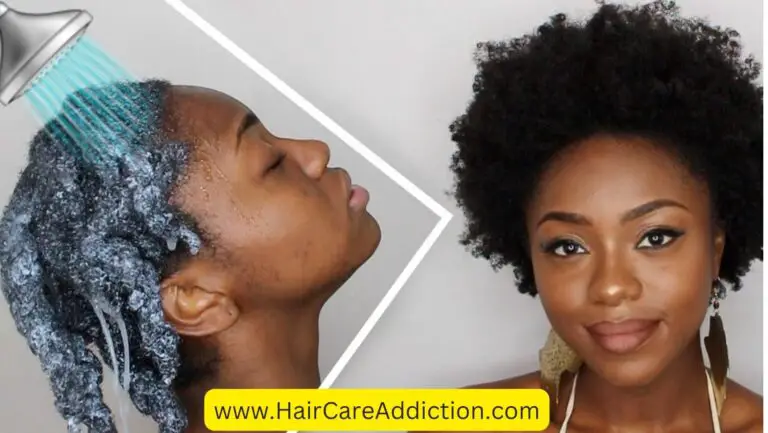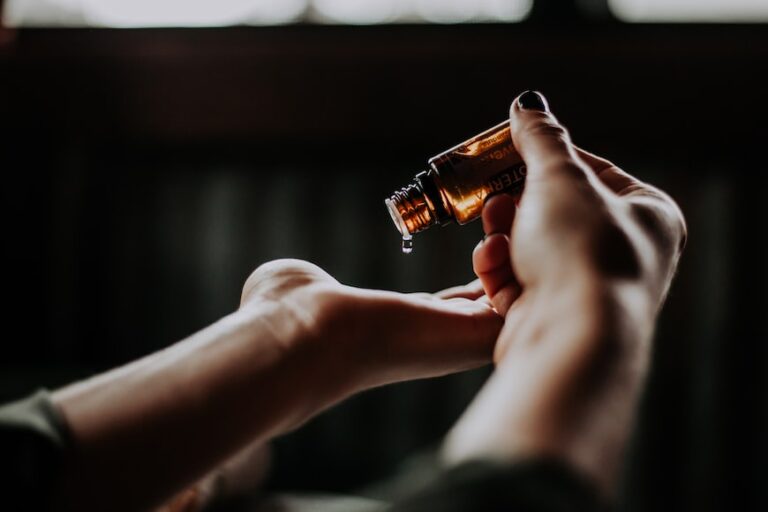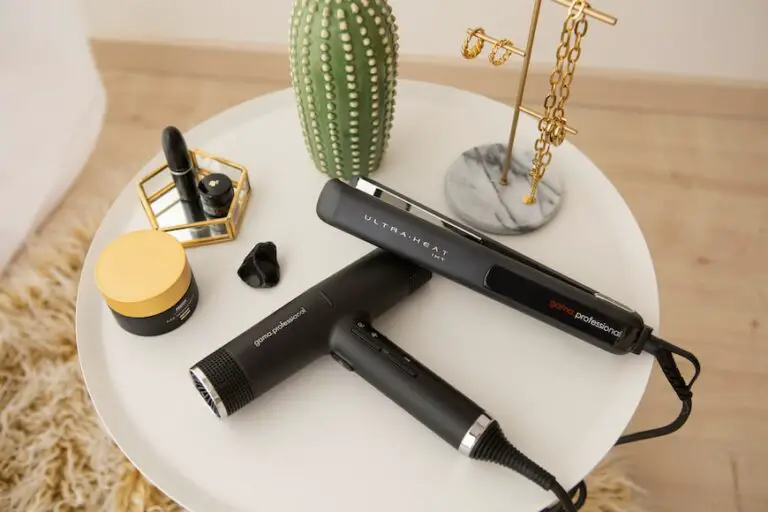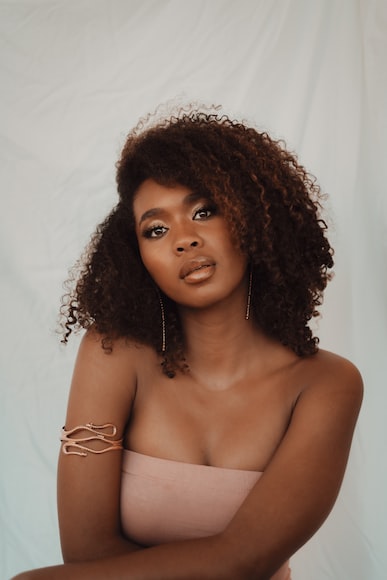Should You Relax or Color Your Hair First?

When considering a transformation for your hair, involving both texture and color changes, the order in which you should perform these treatments – relaxing or coloring – becomes a crucial question.
Both processes entail the use of chemicals, and if not executed correctly, they can harm your hair.
So, what should be your course of action, and how can you safeguard your hair from potential damage?
Quick Answer: It’s a good idea to straighten your hair before dyeing it. This is because if you dye your hair right after getting curls, the curls might make the new color fade. On the other hand, if you curl your hair right after dyeing it, the curls might not stay as well.
Relaxing vs. Coloring: What’s the Difference?
Relaxing involves the application of chemicals to break the natural bonds in your hair, leading to a straighter and more manageable appearance.
Whether done at home or at a salon, it necessitates precise application and timing to prevent over-processing and subsequent damage.
Coloring, on the other hand, uses chemicals to alter the pigment in your hair.
This change can serve various purposes, from covering gray hair to enhancing your natural color or achieving a completely new look. Like relaxing, coloring can be executed at home or by a professional, but selecting the right shade and formula for your hair type and condition is essential.
Both processes have the potential to impact your hair’s structure and overall health negatively.
They may render your hair dry, brittle, and prone to breakage. Additionally, they could lead to scalp irritation, allergic reactions, and, in extreme cases, hair loss.
Thus, adhering closely to instructions and using high-quality products during both relaxing and coloring procedures is imperative.
Which One Should You Do First: Relax or Color Your Hair?
It’s crucial to follow a specific sequence when it comes to hair treatments, especially if you intend to both relax and color your hair.
This careful approach helps maintain the health and integrity of your locks while achieving the desired results.
First and foremost, it is generally recommended to relax your hair before applying any hair color. This order of operations is essential because coloring immediately after perming, or relaxing, your hair can lead to undesirable outcomes.
When you relax your hair and then promptly apply hair dye, there’s a risk that the chemicals in the perm solution can fade the newly applied color.
This may result in a less vibrant or uneven hue.
Therefore, prioritizing the hair relaxing process before coloring helps you achieve more predictable and consistent color results.
Once you’ve relaxed your hair, it’s essential to exercise patience before moving on to the coloring step.
Waiting at least two weeks between these treatments is advisable. This waiting period serves multiple purposes:
Preventing Over-Processing
Chemical treatments can be harsh on your hair.
Waiting allows your hair to recover and regain some of its strength before subjecting it to another chemical process.
This minimizes the risk of over-processing, which can lead to hair damage, breakage, or excessive weakening.
Avoiding Over-Lightening
If your hair color involves lightening, waiting after a relaxer is particularly important. Relaxing can alter the porosity of your hair, making it more susceptible to color changes.
By waiting, you allow your hair to stabilize, making it less likely to absorb too much color, resulting in over-lightening or undesired undertones.
Enhancing Color Longevity
When you color your hair on healthy, relaxed hair, the color is more likely to adhere well and last longer.
This ensures that you get the most out of your coloring treatment without it fading prematurely.
Conclusion
In conclusion, when considering both texture and color changes for your hair, prioritizing hair relaxing before coloring is the recommended sequence.
This approach helps maintain color vibrancy, prevents over-processing, avoids over-lightening, and enhances the longevity of your desired hair color.
Safeguarding your hair from potential damage involves following instructions closely and using high-quality products during both processes, while also allowing a minimum two-week interval between treatments for optimal results and hair health.






